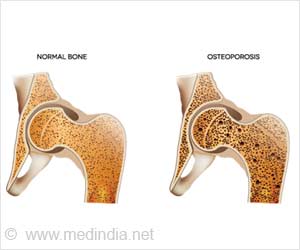“PARMESAN offers a wonderful opportunity for scientists to speed up the pace of their research and thus, accelerate drug discovery and development,” Howard Hughes Medical Institute investigator, Dr. Huda Zoghbi, who is also the founding director of Duncan NRI and distinguished service professor at Baylor College, added.
This artificial intelligence (AI)-powered tool scans through public biomedical literature databases (PubMed and PubMed Central), to identify and rank descriptions of gene-gene and drug-gene regulatory relationships. However, what stands out about PARMESAN in particular is its ability to leverage curated information to predict undiscovered relationships.
Advertisement
“The unique feature of PARMESAN is that it not only identifies existing gene-gene or drug-gene interactions based on the available literature but also predicts putative novel drug-gene relationships by assigning an evidence-based score to each prediction,” Dr. Zhandong Liu, Chief of Computation Sciences at Texas Children’s Hospital and associate professor at Baylor College of Medicine, noted.
PARMESAN’s AI algorithms analyze studies that describe the contributions of various players involved in a multistep genetic pathway. Then it assigns a weighted numerical score to each reported interaction. Interactions that are consistently and frequently reported in the literature receive higher scores, whereas interactions that are either weakly supported or appear to be contradicted between different studies are assigned lower scores.
PARMESAN currently provides predictions for more than 18,000 target genes, and benchmarking studies have suggested that the highest-scoring predictions are over 95% accurate.
“By pinpointing the most promising gene and drug interactions, this tool will allow researchers to identify the most promising drugs at a faster rate and with greater accuracy,” Cole Deisseroth, said.
Reference :
- Literature-based predictions of Mendelian disease therapies – (https://www.cell.com/ajhg/fulltext/S0002-9297(23)00313-0)
Source: Eurekalert



